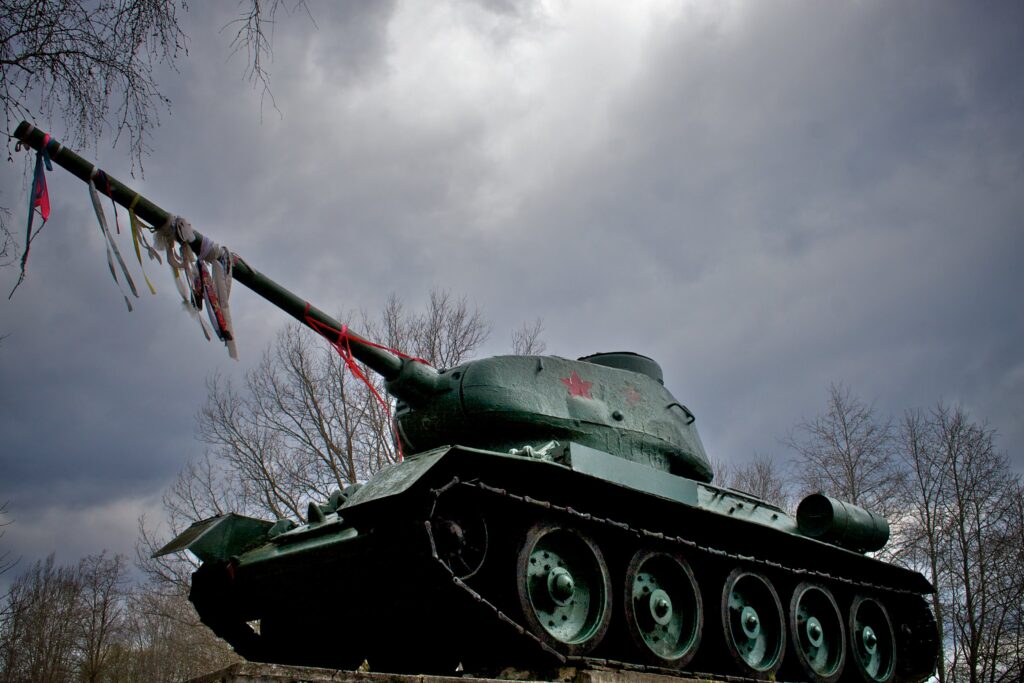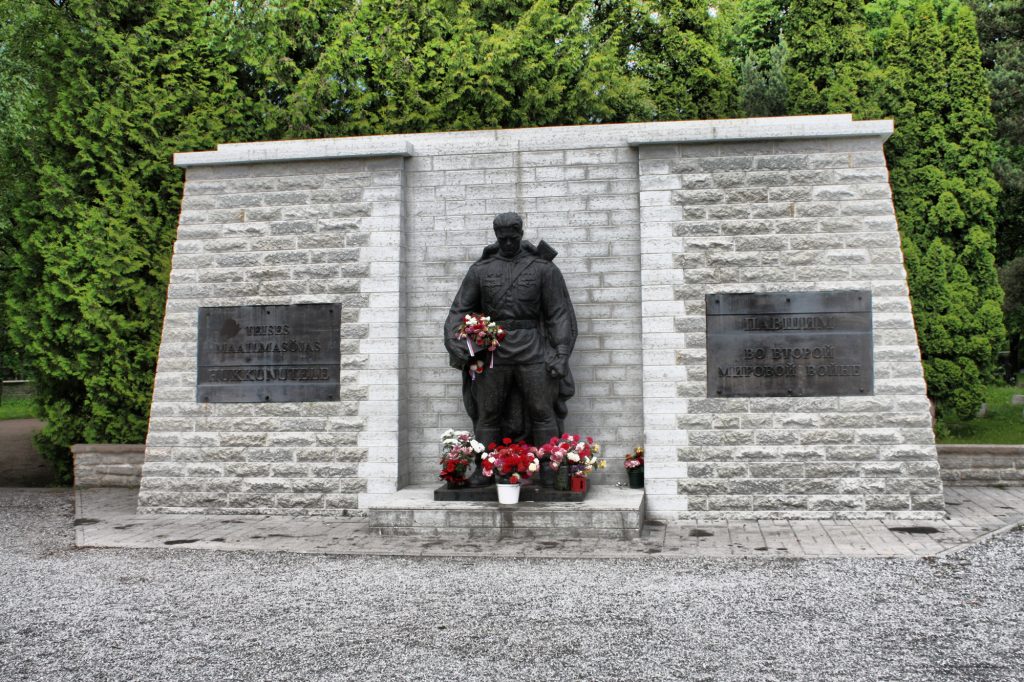The Estonian government on 10 November approved the amendments to the Building Code, the purpose of which is to end the era of Soviet monuments in the public space.
The bill aims to specify that publicly visible parts of buildings as well as publicly displayed monuments, sculptures and other structures must “not incite to hatred, support or justify occupying regimes, acts of aggression, genocide, crimes against humanity or war crimes”.
“The bill provides long-awaited explicit support to local governments for removing monuments and symbols that glorify the Soviet regime. The Building Code has thus far lacked a concrete legal norm which one could rely on under normal circumstances. The bill provides a comprehensive legal framework and specifies which structures are forbidden as well as lays down the organisation of oversight and dispute resolution,” the Estonian justice minister, Lea Danilson-Järg, said.
If a local government is struggling with enforcing the new requirements in its territory or is not taking the necessary steps, the justice ministry can interfere by imposing a penalty payment or removing the monument itself. To resolve disputes, the bill provides the formation of a government committee which will be tasked with assessing the compliance of a building or structure with the new requirements.
The tasks, organisation of work and the composition of the committee will be decided by the government, but the committee must include a representative of the National Heritage Board.

No danger of heritage protection disappearing
Buildings and monuments under heritage protection will continue to be subject to the requirements provided by the Heritage Conservation Act.
“There is no danger of cultural sites under heritage protection disappearing. Until an object is under protection, it cannot be demolished or rebuilt without risking a criminal sentence,” according to the justice minister.
“In order to perform works on objects under heritage protection to bring them into conformity with the new requirements, permission is needed from the National Heritage Board. If no consensus is reached with the board, a binding assessment will be given by the soon-to-be government committee.”
The bill also lays down that structures that do not meet the requirements must be brought into conformity with the new provisions within three months from the law’s entry into effect.

